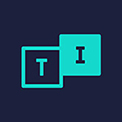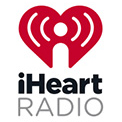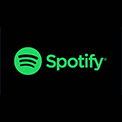Recent Episodes
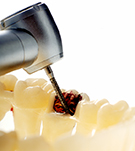
As many as twenty percent of us are anxious about seeing the dentist! I don't relish it either but sometimes you have to. So, I'm usually delighted to see research that can make a dental visit less stressful.
In a recent study the dental drill is replaced with a laser light to fix cavities. It shines low power laser onto damaged teeth to stimulate the regrowth of dentin. The laser light works by stimulating stem cells already in teeth. This approach repairs damage from within, possibly one day eliminating the need for fillings altogether.
In our teeth are four different tissues: Enamel, dentin and cementum which are all harder than bone, while dental pulp is the innermost layer. It's a soft tissue where stem cells reside. Among the strengths of this therapy is that stem cells don't need to be removed from the body, grown in the lab, then reimplanted. Nor do they require growth factors which risks uncontrolled growth.
Using mice, researchers drilled holes in the rodents' dentin to simulate tooth damage. Next they shone a non-ionizing or low-power laser on the damaged area and the pulp beneath. They then capped the damaged teeth. With just a single five minute treatment, the mice had new dentin form in the damaged area in twelve weeks. Similar results were seen in cultured human dental stem cells.
The laser seems to create micro-injuries that stimulate the release of latent growth factors such as TGF-beta 1. The growth molecules then activate stem cells promoting tissue generation and restoring the damaged dentin. The next step is human clinical trials and if successful, researchers are looking at regeneration of other tissues using the same approach.
More Information
Photoactivation of Endogenous Latent Transforming Growth Factor''1 Directs Dental Stem Cell Differentiation for Regeneration
Praveen R. Arany, et al. Science Translational Medicine. 28 May 2014 6:238ra69. [DOI:10.1126/scitranslmed.3008234]
Dental Anatomy: Tissues of a Tooth
Learn about the four tissues of teeth at dentalcare.com.
Forget the dentist's drill, use lasers to heal teeth
New Scientist — "Open wide, this won't hurt a bit. That might actually be true if the dentist's drill is replaced by a promising low-powered laser that can prompt stem cells to make damaged hard tissue in teeth grow back. Such minimally invasive treatment could one day offer an easy way to repair or regrow our pearly whites."
Researchers use light to coax stem cells to repair teeth
Harvard News— Noninvasive laser therapy could radically shift dental treatment and lead to a host of broader clinical applications in regenerative medicine
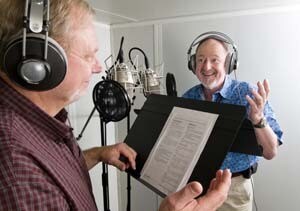
Medicine...
Medicine is constantly advancing – that is a great thing about life in the 21st century. But it doesn’t just happen. Dedicated biomedical scientists are making discoveries that translate into those new medical advances.
Biomedical science is broad, encompassing everything from social science to microbiology, biochemistry, epidemiology, to structural biology and bioinformatics to name just a few areas. And, it can involve basic fundamental biology, the use of AI and chemistry to clinical studies that evaluate new medicines in patients.
No matter the research focus, the goal is always the same, to advance human health. It may take a few months, a few years or for fundamental science, a few decades. Few people make the connection that biomedical science is medicine and that biomedical scientists are working today on the medicine of tomorrow. Our weekly 500-word newspaper columns and 2-minute radio shows and podcasts provide insights into a broad range of biomedical science topics.
Medical Discovery News is dedicated to explaining discoveries in biomedical research and their promise for the future of medicine.

